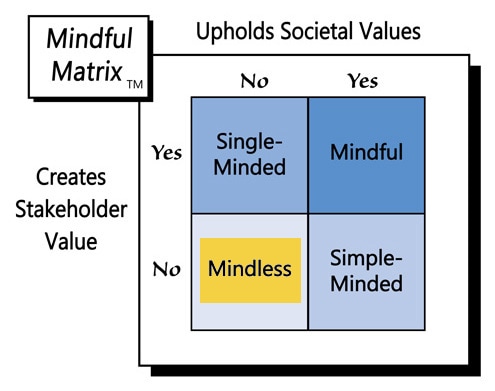Yes, you heard right. One trendsetting retailer, Topshop, has decided to market clear plastic jeans. You can click here for more pics of the disappearing denim, which kind of seems like wearing a giant, form-fitting Ziploc bag. In this case, not seeing is believing.
If you’ve never heard of Topshop, you may be like me, plodding a good distance behind cutting-edge style. Those familiar with the high-end fashion world, however, know that Topshop is an avant-garde “multinational fashion retailer of clothing, shoes, make-up and accessories.” Based in Britain, Topshop has 510 store locations in 37 countries, as well as a significant online presence.
The retailer is known for displaying designer brands, such as those of supermodel Kate Moss and ultra-celebrity Beyoncé. These high-fashion collections, in turn, help drive foot-traffic to flagship stores in places like New York City, Los Angeles, and Las Vegas. A few of these locations even offer Topshop Personal Shopping, “a premium, complimentary shopping service” that gives patrons “one-on-one style advice and access to the latest arrivals in the comfort of [their] own private dressing suite.”
So, why does a retailer of such exclusive style decide to come out with clear plastic jeans? It’s hard to say for sure, but the best guess is that Topshop is just doing what other fashion-forward companies regularly try: to push the envelope of clothing design. We’ve all seen video of runway models wearing designers’ latest creations, some of which seem completely crazy—“There’s no way anyone would wear that in public,” you’ve probably thought.
My suspicion is those ridiculous apparel innovations are often just for effect: to get a designer recognized and hopefully remembered. Sometimes, however, certain styles stick and become a fad, or even a trend, for instance, bell-bottom, or flare, jeans. Interestingly, the Gap is currently positioning another novel pair of pants as the new must-have fashion for men: wader jeans. The mid-market retail icon describes the denim as “ankle-length jeans you can wear all-year long.” Think capris for guys, only a little longer.
So all of this analysis takes us right back to the beginning: Style is a subjective and personal thing. But does individual fashion preference mean there should be a place for clear plastic jeans? I’d like to suggest ‘no.’ Others probably can offer even better rationale than mine, but here are my reasons for pooh-poohing clear plastic pants:
- No Coverage: A fundamental function of attire is concealment. In other words, we wear clothes to cover, or hide, what’s below them, i.e., our undergarments and naked bodies. What’s the point, then, of wearing something that doesn’t serve that basic purpose?
- Invisibility: We also wear clothes for less practical and more aesthetic reasons, i.e., we like the way certain colors complement our complexions or accessorize with other clothes we wear. This purpose of attire is also largely missed by clear clothing.
- Uncomfortable: The words ‘plastic’ and “comfort’ are hard to put together. The thought of sitting on plastic is less-than-desirable for most people. Why would you want to have your whole bottom half encased in a material that tends not to be very soft or breathable?
- Health Threat: There is evidence that plastics may be harmful to humans: “Chemicals added to plastics are absorbed by human bodies. Some of these compounds have been found to alter hormones or have other potential human health effects.” Perhaps plastic is not something that should be constantly pressing against our skin.
- Environmentally Unfriendly: Most of us have heard that plastics are notoriously slow to biodegrade, especially when buried in landfills, out of range of sunlight. Over time, therefore, plastics pose an increasing environmental problem for our planet.
Will plastic jeans become the next bell-bottoms or any significant fashion fad? Probably not . . . hopefully not. Just like “The Emperor's New Clothes,” most people will ultimately see the silliness of wearing clothes that you can’t really see, and they’ll show concern for the other problems described above. In sum, few people will pull out their plastic (credit cards) to buy plastic clothes, making Topshop’s transparent pants a clear case of “Mindless Marketing.”
Learn more about the Mindful Matrix and Mindful Meter.
Check out Mindful Marketing Ads and Vote your Mind!




 RSS Feed
RSS Feed